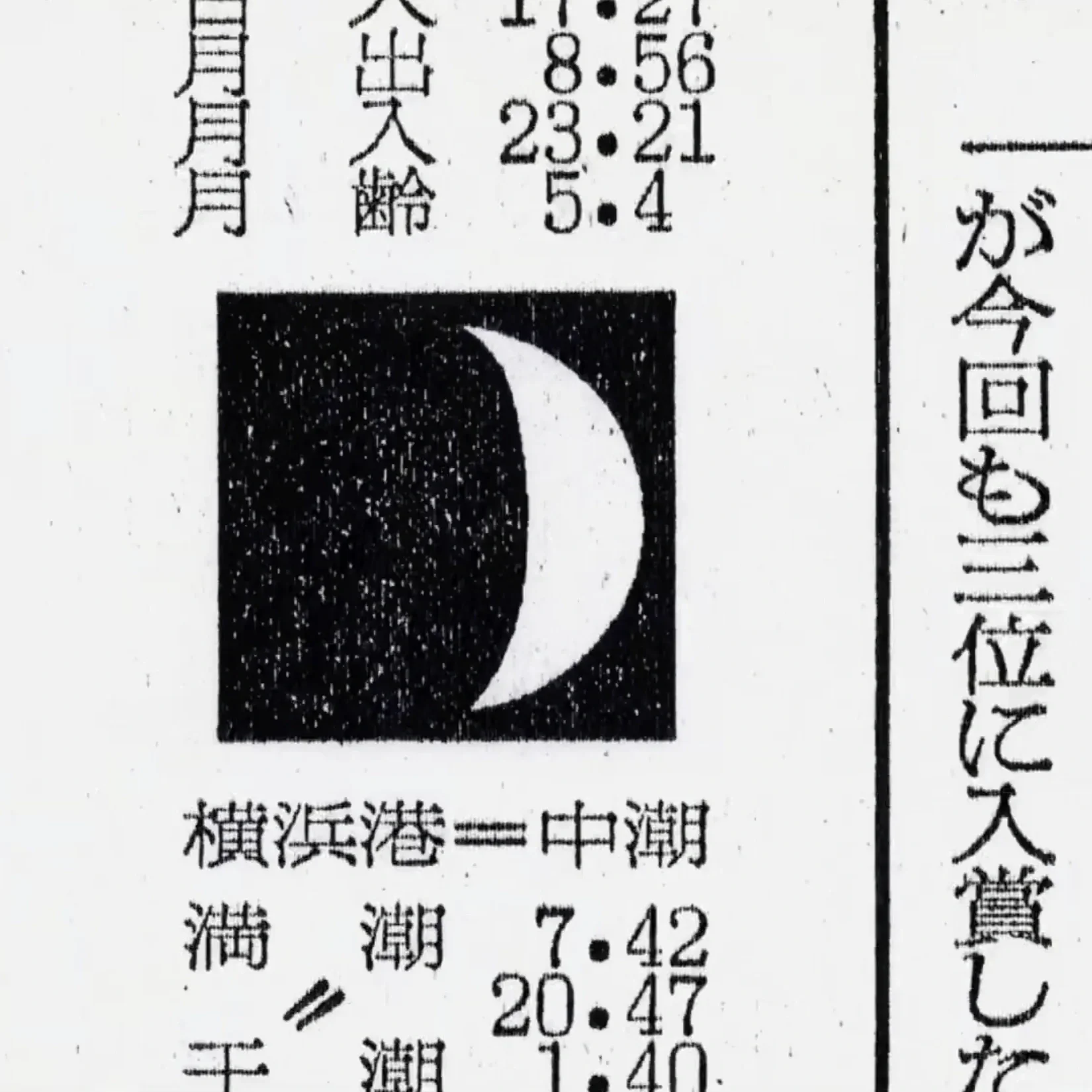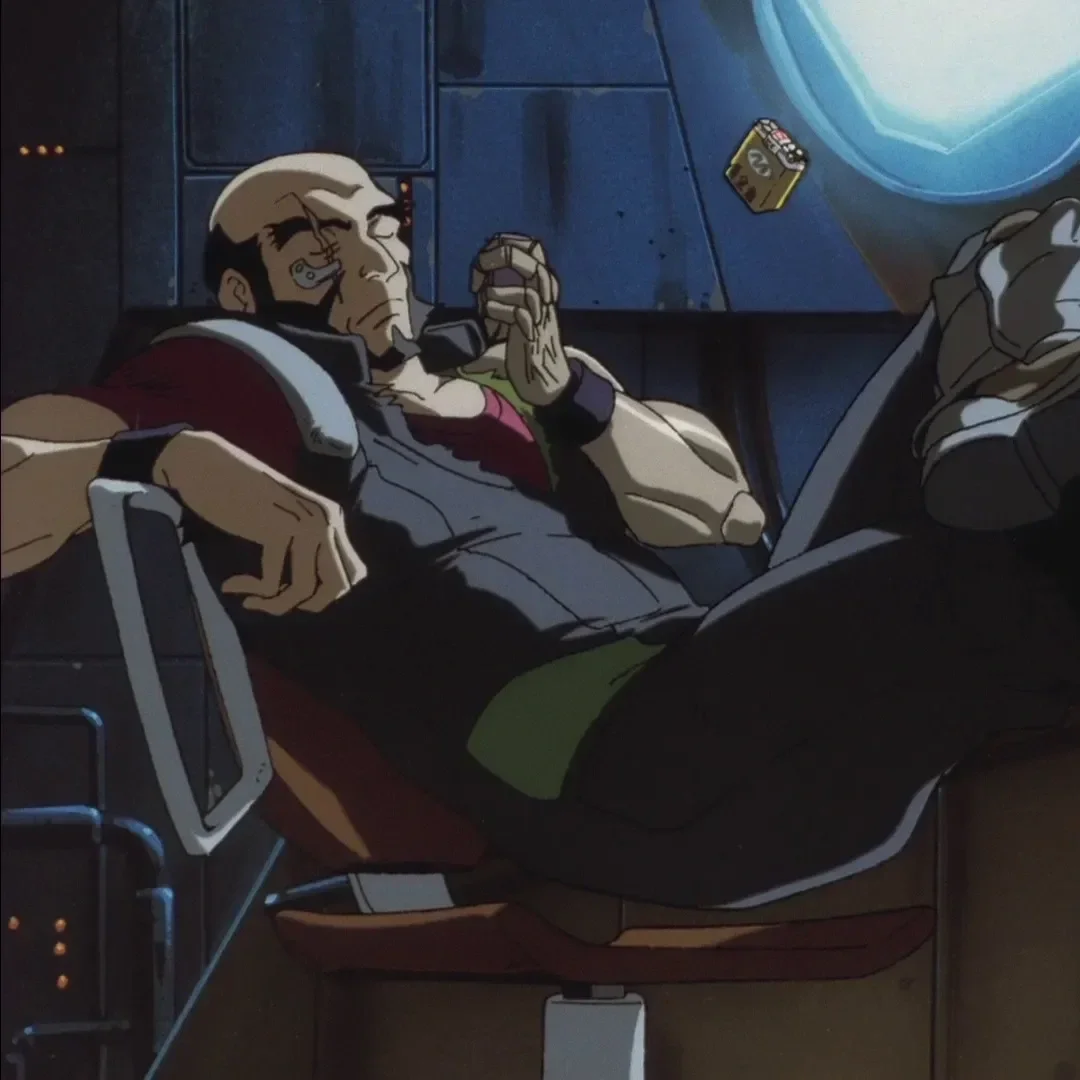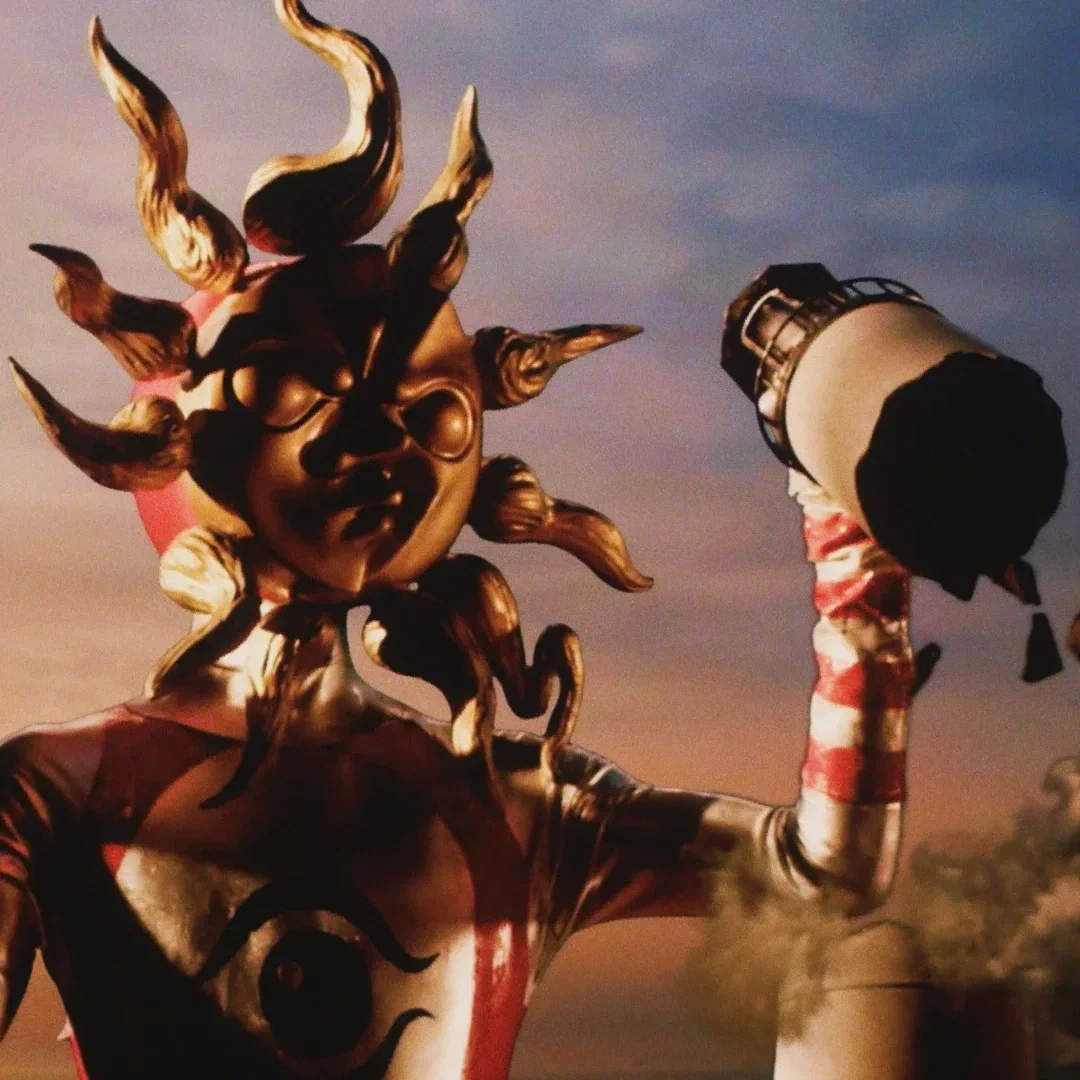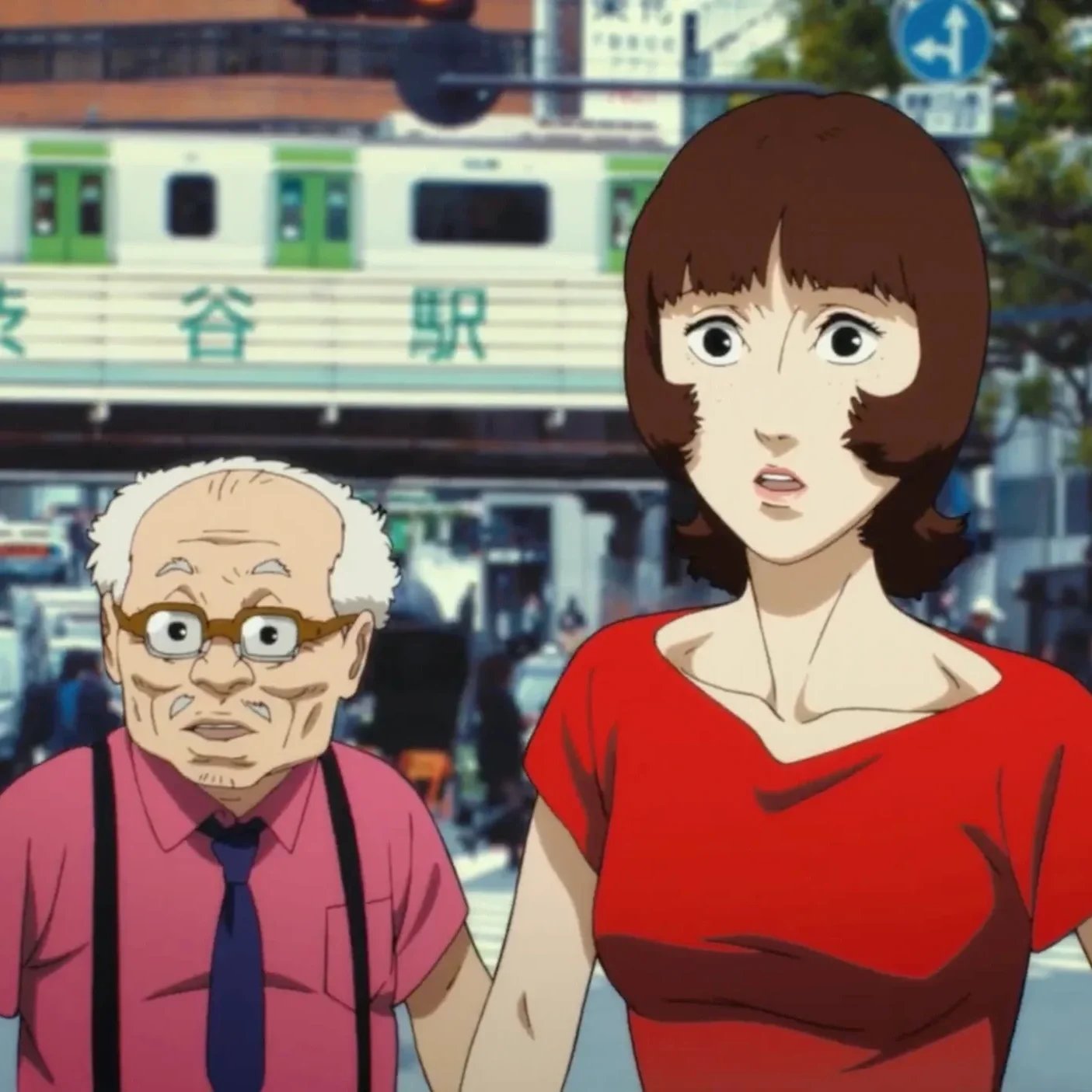Reviving the 1950s - Exploring Tokyo’s Rockabilly Culture
© Roberto
Looking back on the Rockabilly era, iconic figures like Elvis Presley, Carl Perkins, and Johnny Cash instantly come to mind. Not only did they symbolize the era, but they also represented the characteristic fashion of leather jackets, extravagant hairstyles, old classic Chevrolets and motorcycles. And while it's true that it's all long gone, they don't say Rock ‘n’ Roll never dies for nothing!
But who would have thought that the heart of Rockabilly is alive and beating in the streets of modern Tokyo? Every Sunday, local groups gather at Yoyogi Park in their stunning 1950s-inspired Rockabilly outfits to dance all day to old Rock 'n' Roll classics.
Who are the Rockabillies?
Some elements of Rock 'n' Roll mixed with elements of the Japanese "Bosozoku" biker subcultures inspired the so-called Rockabillies. Because of their looks, they have even been nicknamed "Japanese Elvis" by foreigners. In Japanese, however, they prefer to be called Rock ‘n' Roller, Roller-Zoku (meaning tribe or family), or just Roller.
They all share a deep passion for the Rockabilly era of the 50s – the music, the fashion, and especially the dance style. They simply live the Rock 'n' Roller lifestyle inside and out, keeping an era alive. With loudspeakers blasting 50s classics, a greased-up look with taped shoes and an eager crowd of onlookers, the Rollers have everything they need to twist and turn all day long at Yoyogi Park, taking the people back in time.
Once one group has had their time in the spotlight, they step back and let another group perform. The men and women range in age from about twenty to sixty, and maybe older. But age doesn't really matter. They all share the same passion for their subculture, and that's what it's all about!
© Lloyd Morgan
When and How Did It Start?
While the genre of Rock n' Roll may not be associated with Japan, it actually dominated the charts in 1955 when "Rock Around the Clock" was first released there. Going back in time, in post-war Japan around 1950, many US-American military bases were placed around the country. Being away from home for so long, American soldiers began to miss their culture and music.
As a result, they tried their best to recreate a home-like atmosphere, by equipping their bases with the necessary infrastructure to listen to their favorite music like they used to before. During that time, American culture began to spill out across Japan and people got influenced by this new exciting music.
The First Japanese Performer
Back then, people obviously couldn't listen to the songs on the Internet like we can today. So as a teenager in post-war Japan, your only options were to either listen to your favorite songs on the radio, buy the record, or find a performer who played covers.
This gave rise to a new wave of performers striving to appeal to the tastes of American soldiers. Among these early artists was Kazuya Kosaka, an avid fan of Western movies and their music. He helped form one of Japan’s first Western band, The Chuckwagon Boys, later known as Wagon Masters. The group performed regularly at Tachikawa military base and other neighborhoods.
Rockabilly Mainstream Culture
Over the next few years, Kazuya Kosaka became quite famous throughout the country. He decided to sign his group to the Nippon Columbia label and discussed the possibility of releasing a new series of songs. He believed that with these new songs The Wagon Masters could achieve success with a wider audience that wasn't just American military personnel – and his prediction was correct.
In 1956, the band released their cover of Elvis Presley's Heartbreak Hotel, and the success of this release would fully open the door to the Rockabilly craze that was to come within the following years. Thanks to Japanese music labels looking to make a profit with their cover bands, the imitation of American Rockabilly style and manners became mainstream culture.
Other artists such as Mickey Curtis, Yamashita Keijiro and Hirao Masaaki quickly gained popularity and became some of the most famous Rockabilly artists of the time. It's important to note that Rockabilly at this point had distanced itself from direct inspiration from its American originators due to the reduction of American military stations at the end of the occupation.
The performers who had started their careers in the military bases no longer had to imitate and appeal to the audience, which finally allowed them to experiment, improvise, twist and maneuver their music in the way they always wanted to. They created a style of music that would captivate Japanese audiences in a way they had never seen before.
End of the First Wave
At some point, these big and popular Rockabilly events caused a moral panic among older generations and the media, resulting in a new wave of Rock ‘n’ Roll that was not appreciated by everyone, especially the police. It is unclear why the Rockabilly scene was met with such a violent backlash from law enforcement, but some theories try to explain why:
The invention of Rock ‘n’ Roll in America is directly linked to the civil rights movement of the time and the push for societal, political and generational change. Because of these movements attached to the genre, some critics of Rock ‘n’ Roll at the time linked it to drug use, low morals, sexual promiscuity, crime and anti-government thinking.
Japan in 1958 was also dealing with its own political tensions and the newly formed Liberal Democratic Party had passed a very controversial educational bill, which would enforce stricter pre-war morals and discipline into curriculum to fight the growing influence of “American Individualism”. This fact inspired university students of the time to radicalize and revolt against these changes. This, combined with the growing popularity of Rockabilly and Western carnivals, led the government to conflate the two different groups and attack them with equal force.
A second theory takes a different angle. Around the same time, a new rebellious group of delinquent youths, called Kaminari Zoku or Thunder Tribe, began to spring up around the country, causing trouble for the police and endangering themselves with loud, fast, dangerous rides on their motorcycles.
They were mainly former kamikaze pilots who had returned from war, disillusioned and dissatisfied with the current society in Japan and most of all, they wanted the sense of danger and camaraderie they were used to during the war. Like the Rockabillies, they loved to dress up in leather and were even inspired by American movies such as “Rebel Without a Cause”. But because their style was associated with the Rockers of the late 50s, they had a lot of clashes with the police.
Whichever the right theory may be, one thing is true: Due police crackdowns on Rockabilly venues and political crises throughout the early and mid 1960s, it led to an general fear of an overtly American influence in Japan and that is how the booming Rockabilly culture would quickly die out.
© by Roberto
The Second Wave of Rockabilly
With the beginning of the 1980s, there was a renewed interest in musical subcultures all over the world. In England it was the death of punks and the birth of goth. In America it was the birth of hardcore. In Japan a re-popularization of Rockabillies happened. Their story continues in Harajuku, the hotspot of Tokyo's various subcultures, merging the worlds of Japanese fashion and art.
The 1980s was the era of the Harajuku Hokoten (Hokoten is short for Hokusha Tengoku, meaning pedestrian paradise). These were sections of streets closed off from traffic for pedestrians so they could enjoy socializing, eating or listening to musicians. During this period it was very common to see all the different subcultures enjoying the open space, like the colorful Tekenoko Zoku parading through the streets in their fancy outfits.
But the Hokoten was also a safe space for rebellious looking, big haired Rockers to reappear. Among the crowds at Hokoten, there were about 100 Rockabilly groups performing incredible shows full of twists, splits and jives. This is where Jess Yamanaka would found one of the oldest and most popular groups in the Hokoten: “The Strangers”.
© by Rosino
This new, loud, energetic music captivated his mind and inspired a deep love, which is still going strong more than 30 years later. The pomade paradise however was short lived because in 1988 the Harajuku Hokoten was suspended permanently. The Strangers have been dancing at Yoyogi Park ever since. The police stationed in Yoyogi Park are also grateful for The Strangers, as their location helps to keep dangerous gangs from planting themselves in the park.
The Strangers
Dressed up in full leather and denim outfits with their hair slicked back in a pompadour or ducktail, The Strangers look like they stepped right out of the 50s Rockabilly era. Over the past 30 years, they've been gathering every Sunday to dance to loud Rock 'n' Roll classics. More and more people were drawn to the cool vibe of The Strangers, and even teenagers who were still in high school used to be part of the group.
But when they grew up, they got so busy with college, that they couldn’t come to Yoyogi anymore. Only a few of them count as the oldest and best dancers of The Strangers, who are now past 60. They’re the ones who are constantly exercising and dedicating their free time to their passion. Like Jess for example, the founder of The Strangers. According to him, he picked the name right out of an English dictionary after reading the definition. He felt moved by the meaning of this foreign word: “A person who does not know or is not known in a particular place or community.”
© Dick Thomas Johnson
Even after generations have changed, Jess has always continued to lead. But the oldest Rock 'n' Roller of all is Haruo. He has been dancing for more than 30 years now and has recently turned 60. Also he and Tatsu are responsible for the music setlist, but it’s mainly Haruo. The others have even nicknamed him "the dancing jukebox" because he has a collection of about 100,000 Rock ‘n’ Roll tapes at home.
Charlie is the leader of the current 10th generation and Miki is the current female sub-leader of The Strangers. As you can see, everyone in the group has their own role. There are also some Rollers who were dancing back in the days, who are now past 60 and come to The Strangers, wanting to dance again. At first Jess was concerned that they would nitpick everything they did. But now he is grateful that they all dance together and inspire each other.
Lifestyle or Hobby?
As most Rollers will tell you, you have to be a Rock 'n' Roller by heart. It's all about persistence and staying motivated to dance. There is a big difference in discipline between young people and seniors, they say. For young people these days it’s not really common to pursue or achieve in one particular thing. Instead, they want to explore different places and don't really have that commitment. But the seniors who have been coming to Harajuku and dancing in Yoyogi Park for years, practicing every day, have that kind of mental strength.
© Lachlan Hardy
How to Become a Member
According to The Strangers, anyone can join the group as long as they can follow the rules and are motivated to dance and constantly improve their moves. All it takes is a love for Rock ‘n’ Roll and a commitment to the Rocker lifestyle. Even foreigners are welcome! Three years ago, they actually had a female member from Russia and many people were surprised to see her dancing with The Strangers, because they didn’t expect a foreigner to be part of the group. It’s not easy and there are certain expectations, there is a level of discipline involved.
Each member has The Strangers logo on their denim and leather jackets and it takes around six months to earn it. They call it a “golden billboard“, a symbol of Harajuku. It’s not just something to give casually to someone who just started dancing with them. They would have to come to Harajuku every Sunday, dance with them, open up and be a part of the group. And if The Strangers have the confidence in the person, that they will dance and continue forward into the future, then they earn the golden billboard on the back of their jacket.
In general, spontaneous jump-ins from the crowd are not allowed. Mainly because it's dangerous. The Strangers have been doing this for years, so they know each other's movements and sense of distance. They don't make physical contact, they each have their own space.
© Lachlan Hardy
Other notable Groups
Apart from The Strangers, there have also existed other popular groups in Tokyo in the past. One of the most notorious dance groups was the “Tokyo Rockabilly Club”. They started around the same time as The Strangers and danced between rival teams in Hokoten. They, like the Strangers, have no barrier of entry for joining the group, all you need is to learn how to dance and act cool. They just want to find out if you're serious about it. Because at the end of the day, as a Rock 'n' Roller, you've got to be cool and be able to roll up your quiff. If a member's moves are bad, the Club will meet on a Saturday and show them how to do it, otherwise they don't really practice.
Each group comes from different roots with different styles. The “Tokyo Street Rockers” have the most female members and their style is mainly inspired by movies like "American Graffiti". For them, it's all about the movies, not the music. Then there is the “Black Shadows”, the most exclusive club. There you can't just become a member, they have scouts who are looking for people who seem cool enough. You have to be born for it, they say. Sometimes they even get into trouble with other clubs.
In Japan, every club has a strict ranking system. It's based on honor, character, and how cool you are. But also fighting skills played a role in the past. The Tokyo Rockabilly Club, however, is less prevalent than they were in previous years. This renowned era of the Rockabilly subculture born in the 1980s is focused mainly on dance and community, and groups like the Strangers wish to distance themselves from the violence associated with the first waves of Rockabilly.
Despite all of the change and evolution that the styles and subcultures of Japan have gone through, there still exists a die-hard group of individuals who are willing to protect their subculture no matter what the cost.
They may all be Rockers, but they also have families, and have to work up to six days a week, but it's the Sundays they live for. And as long as their legs can carry them, they will dance and die as rock 'n' rollers.
© Rosino















How Burst Magazine documented Japan's 90s countercultural rebellion.